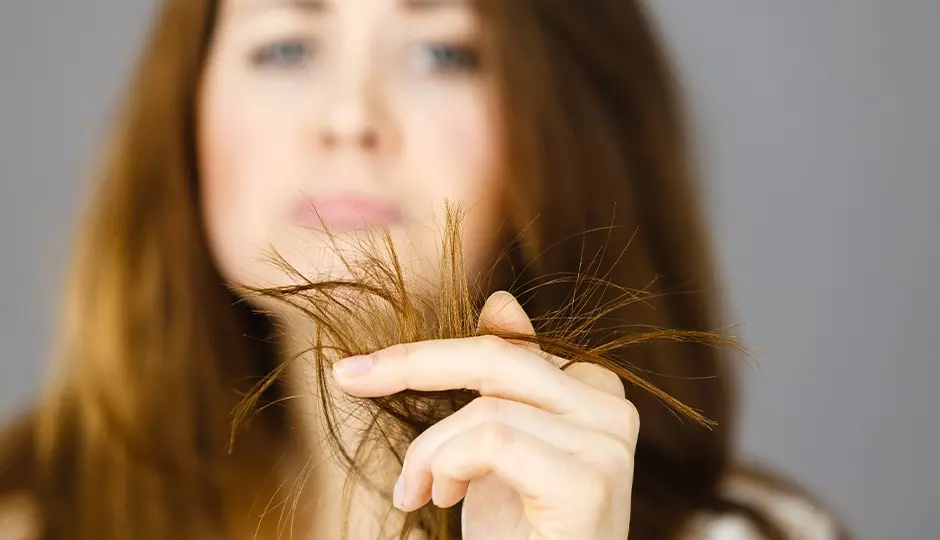"Men go bald, women thin." This is a pretty typical generalization for the uninitiated, but while hair loss certainly affects men and women differently, hair loss is hair los
Losing hair varies between men and women and manifests in a variety of ways, so education is incredibly important. Understanding the signs and causes, as well as the scales of hair loss can help detect, prevent, and reverse it. With this knowledge you can ensure that thinning hair doesn't suddenly become a bald spot. Read on to learn how hair loss typically begins in both men and women and the differences seen across the sexes.
Male Pattern Hair Loss
Male hair loss typically begins with a receding hairline and a thinning crown. This hair loss is usually shaped like an M or a horse shoe, and can become noticeable fairly quickly. Male pattern hair loss is most often genetic in nature, resulting in a predisposition to dihydrotestosterone (DHT) sensitivity. This sensitivity often leads the hair follicles to shrivel and stop producing new hair. If left untreated the symptoms will spread and intensify, leading to baldness.
The projection of hair loss in men is determined by the Hamilton-Norwood scale. This scale classifies hair loss in order to easily identify the stage of progression. With seven classifications and various stages this scale is a great way to determine how your hair loss is progressing. It can also help determine what kind of treatment will work best. Find our male hair loss solutions here.
Female Pattern Hair Loss
While male pattern hair loss is a well-known and accepted condition, women's hair loss is not nearly as visible in the public sphere. However, over 55% of women will experience some level of hair loss over the course of their lives. Yes, women thin, but thinning is harder to spot which could lead to higher potential of late-stage treatment.
Of course, there are usually tell-tale signs of hair loss, as well as a handy scale designed for tracking female pattern hair loss. Without proper knowledge of what signs to look for, thinning hair in women is not very noticeable. In fact, female hair loss of this kind only becomes truly noticeable to the outside observer after more than 50% of the hair is lost. Given this fact, it's incredibly important for women to pay attention to the amount of hair they typically shed. Most people shed between 50 and 100 hairs per day, but excessive shedding could be a sign of hair loss. Also, watch for changes in thickness, texture, and shine as these too may point to thinning hair.
Female hair loss is tracked using the Ludwig scale. This scale essentially measures the density of hair at the crown. Most women do not see drastic changes to their hair line so hair loss and balding is simply not as easily detectable as male pattern hair loss. The easiest way to identify and track female hair loss is to keep an eye on your natural part. If your part becomes wider, consult the Ludwig scale and seek the help of a specialist.
Hair loss can be distressing or embarrassing to anyone who experiences it - regardless of gender. Luckily, there are numerous modern hair loss solutions that can help. Millions of people experience hair loss and many more have had success with hair restoration procedures. Don't be afraid or embarrassed to seek help.
For more information about hair loss and what you can do to combat and reverse it, please contact us. Mane Image is the only studio of its kind in northwestern Indiana, providing the very best in hair loss solutions. Whether surgical or non-surgical, we can help you determine the right treatment for you. We look forward to helping you regain your hair and your confidence!











